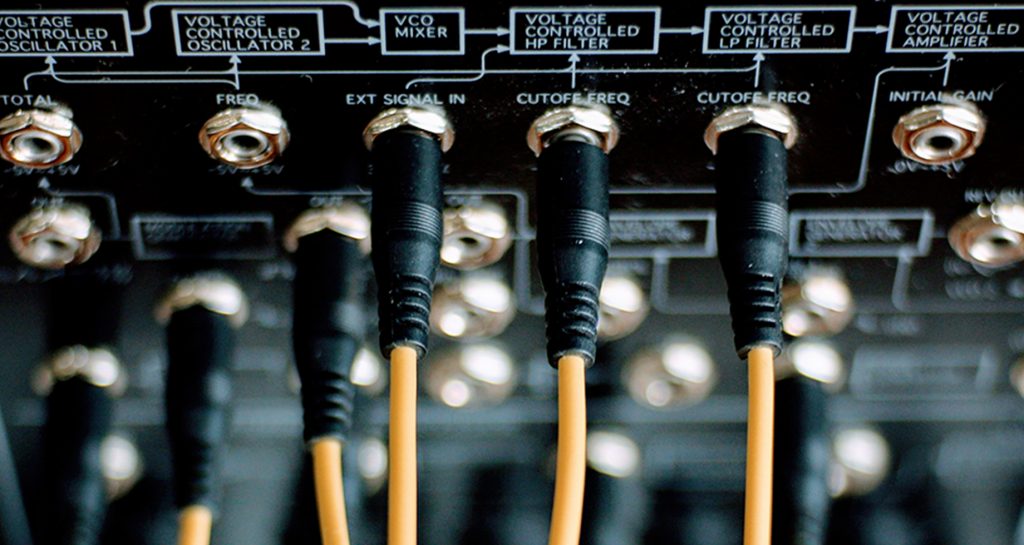Ultimately, any purchase is about the total cost of ownership (TCO). That is the purchase price of an asset (i.e., a product) plus the costs of operation. Assessing the TCO requires taking a big-picture look at what the product is and what its value is over time. Effective, efficient deployment of AV solutions can significantly increase operational efficiency and reduce the TCO.
Determining Value
In the AV and IT world, we are bombarded with products that look alike but that aren’t created equal. Depending on where the generic or no-name product falls short, it might have a significant negative effect on your project. Regrettably, it’s not always easy to see the shortcomings. For that reason, let’s explore the impact of buying “the right product” at the outset, as opposed to buying a solution that, all too often, becomes temporary.
When buyers are choosing among alternatives in a purchasing decision, they should not look only at an item’s short-term cost (i.e., its purchase price). They should also look at its long-term cost, which is its TCO. Going with the item with the lower TCO is the better fiscal decision, offering better value in the long run.
Large-Scale Costs
Companies and individuals should carefully consider TCO when they’re looking to buy products and invest in capital projects like AV systems. These costs are often itemized separately on a company’s financial statement. However, undertaking a comprehensive analysis of overall cost of ownership should be a common practice for business dealings.
Companies can and should use the TCO over the long term as a framework for analyzing business decisions. Looking at the TCO is a way of taking a more holistic approach, which enables you to assess purchases from a broad perspective. This analysis includes not only the initial purchase price but also all direct and indirect expenses along the way.
Long-Term Concerns
Although direct expenses can be easily reported, companies most often seek to analyze all potential ancillary expenses that can be of significant influence in deciding whether to complete a purchase. Keep in mind that an examination of potential ancillary expenses is necessary to complete the picture.
In the world of AV systems, the concepts of impact and implication fall under the heading of ancillary expenses. Impact is the effect on a company if the system were to fail. Because the system is composed of individual products, the tried-and-true weakest-link adage comes into play. The system is only as strong as the weakest link is. The most obvious impact if a system were to fail would be financial.
Downtime
In most cases, the part that fails is not the most obvious one. In fact, it’s usually one of the support components (e.g., cables/connectors, source devices, and signal processing and distribution) that fails. Some would say that’s not a big problem or expense. And if you look solely at the cost of the item and the labor to replace it, you might believe it’s not a big deal. Well, the big deal is downtime. You must look at the cost (i.e., the loss of productivity) resulting from having the system go down.
Think about the chaos of having your network go down. Think about having an entire AV system go down. The effect could be significant. Think about the cost of rolling a truck to service the system (at no charge) and replacing the failed component (also at no charge) due to the product being under warranty.
Reducing Risk
As we look at TCO, impact and risk, it does come down to the weakest link. The fundamental question is how to ensure that the components in a system are the least likely to fail. This begins with an assessment of the system overall and the mean time between failure (MTBF) of each product. The MTBF is rarely published, for obvious reasons, so the question is how to ascertain the best approach to product selection. For one thing, best practices dictate that, to reduce risk and ensure the lowest TCO, you should go with names and companies you can trust, rather than generic, no-name products.
Look for companies with a proven track record. Look for companies that are in control of design, engineering, research and development (R&D), and manufacturing—not just “pass-throughs” from an OEM supplier coming out of who knows where. If you want to achieve zero-fail reliability in your AV systems, find a brand that has a meaningful support team and a warranty to back it up.
To read more from Sound & Communications, click here.
